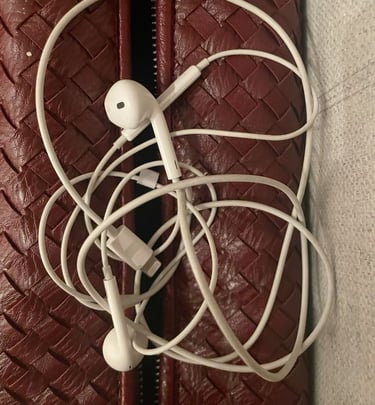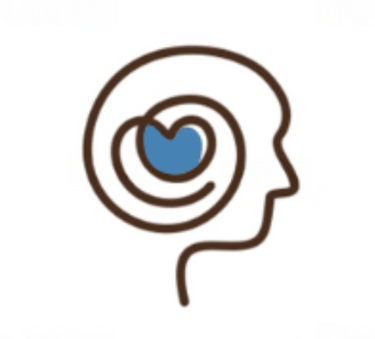Starting the New School Year
Social anxiety can make school feel like a minefield. Learn how to recognize the signs, offer support, and help navigate with confidence.


Understanding Social Anxiety at School
Social anxiety is a pervasive condition that affects many students, manifesting as an overwhelming fear or discomfort in social situations, particularly in the school environment. This anxiety can hinder academic performance and social relationships, as students may avoid interactions with peers, participating in group activities, or even attending school altogether.
For these students, school can feel like a minefield of potential judgment and rejection. The pressure to fit in, meet expectations, and avoid the sting of embarrassment or criticism can make even the simplest interactions overwhelming. This fear often stems from a mix of past experiences, such as being bullied or excluded, and a sensitive nature that makes them more attuned to the reactions of others. Over time, these feelings can spiral, making it harder and harder to participate in class, join group activities, or even attend school. It’s important to recognize that beneath the surface of their anxiety lies a deep desire to belong and be accepted, but the fear of being hurt again keeps them trapped in a cycle of avoidance and self-doubt.
Warning Signs of Social Anxiety:
Physical Symptoms: Students may experience rapid heartbeat, sweating, trembling, or dizziness when faced with social situations.
Avoidance Behaviors: They might skip school events, avoid joining clubs, or refuse to participate in classroom discussions.
Excessive Worry: Constantly thinking about embarrassing moments or fearing negative judgment from peers can be a significant indicator.
Low Self-Esteem: A pervasive lack of confidence in social abilities can lead to a negative self-image.
Academic Decline: Avoiding participation can lead to lower grades and lost opportunities for social interactions.
But that doesn't mean social anxiety can't manifest in more subtle ways. It’s not just about avoiding social situations altogether—it can be about being painfully aware of every word you say, constantly second-guessing yourself, and overanalyzing every interaction. For students dealing with this kind of anxiety, even casual conversations can feel like a high-stakes exam, where every sentence is scrutinized, and every response is a potential mistake.
This heightened self-awareness can be exhausting. It creates a constant internal dialogue where students might replay conversations over and over, wondering if they said the wrong thing or if they were judged harshly by others. It’s not just the fear of social interactions but the relentless pressure to appear perfect, to say the right thing, and to be liked. This can lead to a cycle where students withdraw even further—not because they don’t want to connect, but because the anxiety of trying to connect is overwhelming. Recognizing these more subtle signs of social anxiety is crucial in understanding the full spectrum of what these students are going through and allows us to approach them with the patience and compassion they need.
Resources for Help:
School Counselors: Many schools have counselors trained to help students manage anxiety and develop coping strategies.
Support Groups: Connecting with peers who share similar experiences can provide comfort and understanding.
Online Resources: Websites like Anxiety and Depression Association of America (ADAA) offer information and self-help strategies.
Tips for Students:
Practice Gradual Exposure: Start with small social interactions, gradually increasing the challenge level as confidence builds.
Develop Relaxation Techniques: Breathing exercises, mindfulness, or yoga can be helpful in reducing anxiety symptoms.
Set Realistic Goals: Focus on small, achievable social objectives instead of overwhelming expectations.
Seek Support: Don’t hesitate to reach out to friends, family, or mental health professionals when feeling anxious. You never know if someone might be struggling alongside you
Resources:
https://www.nimh.nih.gov/health/publications/social-anxiety-disorder-more-than-just-shyness#:~
:text=A%20person%20with%20social%20anxiety,a%20cashier%20in%20a%20store.
